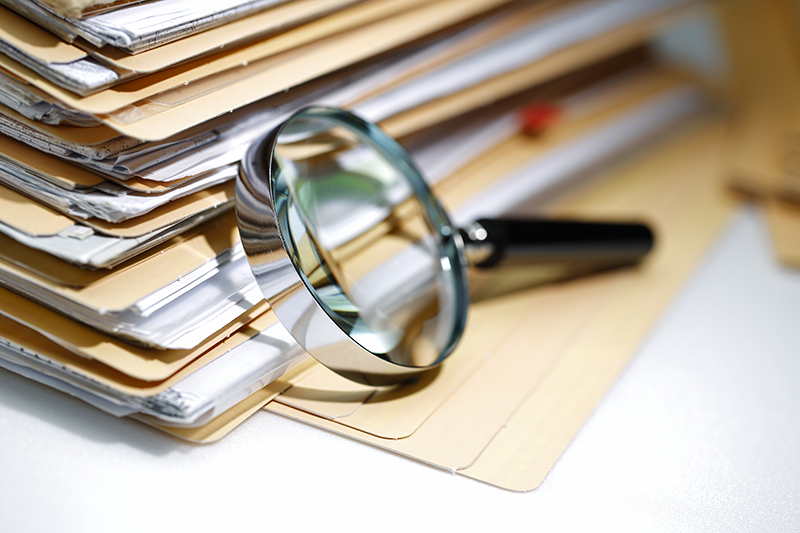
In the fenestration industry, it’s widely recognized that forensic investigation is crucial when issues arise with windows or doors that develop into legal disputes. Participating in this process is an accepted reality of doing business. However, it’s important to understand that simply showing up to a requested inspection, whether it’s part of a standard service request or a formal legal proceeding, isn’t enough. The legal strategy behind forensic investigation should be carefully considered whenever presented with the opportunity to inspect, regardless of the context and timing of the request.
Establish a protocol
To prepare for potential investigations, it’s important to develop a standard protocol with best practices for company representatives to follow. This protocol should cover the basics while remaining flexible enough to address a range of scenarios. By establishing a protocol, you can ensure consistency in the handling of forensic investigations and incorporate strategic considerations to protect the company’s legal exposure. It’s important to treat every investigation as if it may develop into a formal legal issue, not to add unnecessary formality or to create something out of nothing, but to approach the process tactically.
Although every situation is unique, it’s essential to establish a basic, consistent and standardized process for a company, regardless of whether it involves manufacturing, distributing, installation, repair work, or a combination thereof. A defined procedure will enable you to establish and confirm a reliable set of facts to assess legal exposure internally and defend against claims.
It’s better to be prepared with information than to be caught off guard with unanswered questions, especially in a future legal proceeding. To justify and explain your company’s chosen course of action, you must provide evidence of the steps taken, which begins with your protocol. One of the most critical components of your protocol should address the requirements for internal records.
Review your records
Before responding to a claim or conducting an onsite inspection of a product, it’s essential to conduct an internal record review of relevant documents. The information contained in these records could significantly impact the approach to the initial inspection of an alleged issue onsite. The representative interacting with the product owner or other involved parties should be equipped with all available information about the product, including its sale, service history, and anything else relevant to the specific issue.
Document, document, document
It’s crucial to document the investigation and follow-up activities, including inspection notes, photos and emails. Even seemingly resolved issues can resurface later, becoming more complicated and contentious. Prior documentation of the investigation conducted by your company is essential to inform any further response or next steps. The reality is that your representative and the product owner or other involved parties may recall things differently. Therefore, documenting what was observed at the time and what activities occurred around the investigation and inspection process will enable your company to state with certainty the who, what, when, where, and why throughout the entire process. This information will shape the appropriate next steps along the way and is crucial to developing a legal strategy.
Step-by-step
When participating in an inspection, it’s crucial to adopt a methodical and thoughtful approach; it’s essential to focus on the appropriate goal. For instance, if the owner reports water intrusion, you may already know the nature of the complaint and see evidence of damage in the expected areas relative to the product’s location.
What is your first step? Your first instinct may be to locate the source of the water intrusion, but it might be best to pause and consider all available options before proceeding.
There will always be pressure to efficiently and fully resolve the issue, but it’s important to take the necessary steps to confirm whether the issue falls under your company’s responsibility to resolve. It’s also important to consider the potential benefits of selecting a particular course of action at that moment
Taking a step back, evaluating observations, and then determining the next step could be more valuable than throwing everything at the issue to see what works. Unintended legal consequences often result from doing too much up front.
In many cases, determining what action to take and when must be weighed with restrictions such as site access and legal deadlines. If you’re dealing with an issue that is likely to result in threatened or actual litigation, it’s advisable to seek guidance from legal counsel.
Who will participate?
Consider the nature of the complaint and the stage of the process in which the inspection is set to occur when deciding who should participate. Should it be a representative from your company with in-depth knowledge of the product, a retained consultant who may later serve as an expert witness, or both?
There are attendant costs with sending your own company representative, but those costs increase significantly when seeking to engage an external consultant in the process. It is important to balance the costs and the potential exposure in the future when deciding whether to retain a consultant. You may even consider it beneficial to have both your company’s internal “expert” attend along with your retained consultant if the situation calls for both product and technical expertise.
As those in the fenestration industry can appreciate, there is a sincere desire to stand behind your company’s work, and in the event of a confirmed issue, the commitment to make things right. From a business standpoint, that commitment to customer service and product quality should be balanced with ensuring your company remains responsible—and ultimately, liable—only for its own scope of work.
Care should be given to avoid taking steps in your forensic investigation that could create an impression that your company is solely responsible for an issue that should be legitimately borne or shared by another party.
